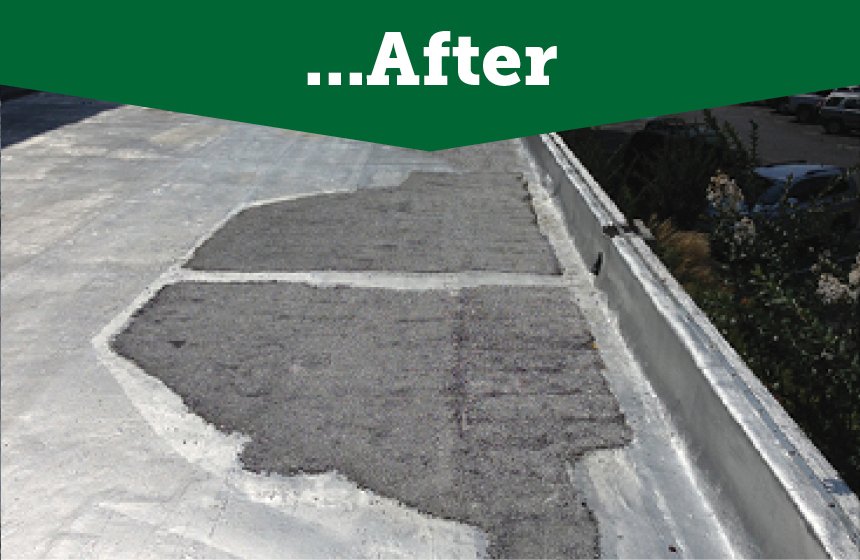This article discusses why flat roofs should be designed and maintained to prevent water from pooling, which can cause leaks, structural damage, and other issues. Proper drainage is key to ensuring a flat roof performs well over its lifetime. Credit: Soprema UK Ltd Flat roofs should be designed and constructed to drain properly without pooling water. While small amounts of standing water may be unavoidable, excessive puddling indicates a problem with drainage or roof slope that needs correction. Prolonged pooling can cause leaks, damage, and mould growth. In our expert opinion, proper slope and drainage systems are crucial to ensure flat roofs shed water and avoid standing puddles. While occasional minor pooling may be harmless, excessive or prolonged water accumulation signifies a problem needing repair. Minor puddling should never be ignored or left unaddressed as it can escalate into more severe issues. Allowing large pools of water to remain goes against best practices and can lead to bigger issues down the road. Ponding water or puddles on a flat roof surface indicate problems with drainage and slope. While minor ponding may seem harmless, over time it can degrade roof materials and lead to leaks. Any form of ponding is detrimental and should be minimized or eliminated to prevent structural damage and other issues. Here’s why flat roofs should be free of puddles: During flat roof construction and maintenance, it’s critical to ensure adequate slope and drainage to carry water off the roof quickly. Installing tapered insulation or roof drains in low areas can help prevent problematic puddles. Annual inspections and clearing debris from drains also keep roofs pond-free. Addressing ponding issues early maximises a flat roof’s longevity and prevents costly repairs down the road. Credit: Goo For It Several issues can lead to water collecting and ponding on flat roof surfaces. Identifying the root causes is key to preventing puddles and drainage problems. Addressing the underlying cause, whether improper slope, drainage issues, or deteriorated roof materials, is critical to preventing problematic puddles on flat roofs. Taking proactive measures during design, construction and maintenance helps minimise problematic puddles that can shorten flat roof life. Once ponding water or drainage problems have been identified on a flat roof, steps can be taken to improve drainage and direct water runoff to avoid puddles. A combination of drainage enhancements, repairs, and improved maintenance helps resolve flat roof water runoff issues over time. Quick action when puddles appear can go a long way in protecting a flat roof from serious water damage problems down the road. Some minor pooling can be normal on flat roofs, but standing water over 1/8 inch deep or covering more than 10% of the roof surface may indicate a problem. No, a new flat roof that is properly designed and installed should not have areas of standing water or ponding. If ponding occurs, it likely indicates an issue. Yes, excessive water pooling on a flat roof is generally bad and can lead to premature roof failure, leaks, structural damage from excess weight, and mold/mildew growth. Minor ponding may be ok, but large pools of water indicate a problem. Improving drainage, adding more drains or scuppers, fixing low spots or sagging areas, cleaning debris from drains, and using roof coatings or seam sealants can help stop a flat roof from pooling water. Severe cases may require re-sloping the roof structure. Flat roofs should ideally be free of any standing water or puddling. They must be designed, installed, and maintained to ensure effective water shedding without any accumulation of standing water. Ponding can indicate drainage issues, low spots, or leaks that need repair. Proper slope, drainage, and maintenance help ensure flat roofs shed water and avoid the problems associated with excessive puddles. Overall, flat roofs should not have significant puddling if installed correctly.
Should Flat Roofs Have Puddles?

Key Points
Our Opinion
Why Flat Roofs Should Not Have Puddles
Causes of Puddles on Flat Roofs

Preventing Puddles on Flat Roofs
Fixing Drainage Issues on Flat Roofs
Avoiding Water Damage from Puddles on Flat Roofs
FAQ
How much pooling is acceptable on a flat roof?
Should a new flat roof have ponding?
Is water pooling on the roof bad?
How do I stop my flat roof from pooling water?
Conclusion
